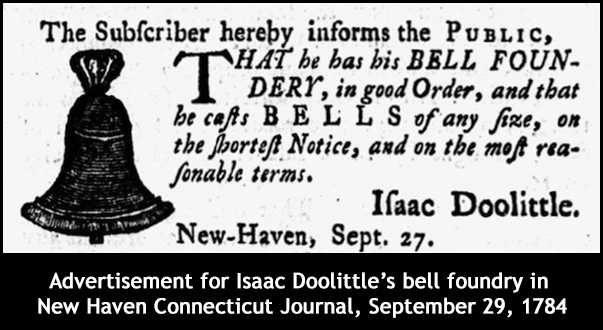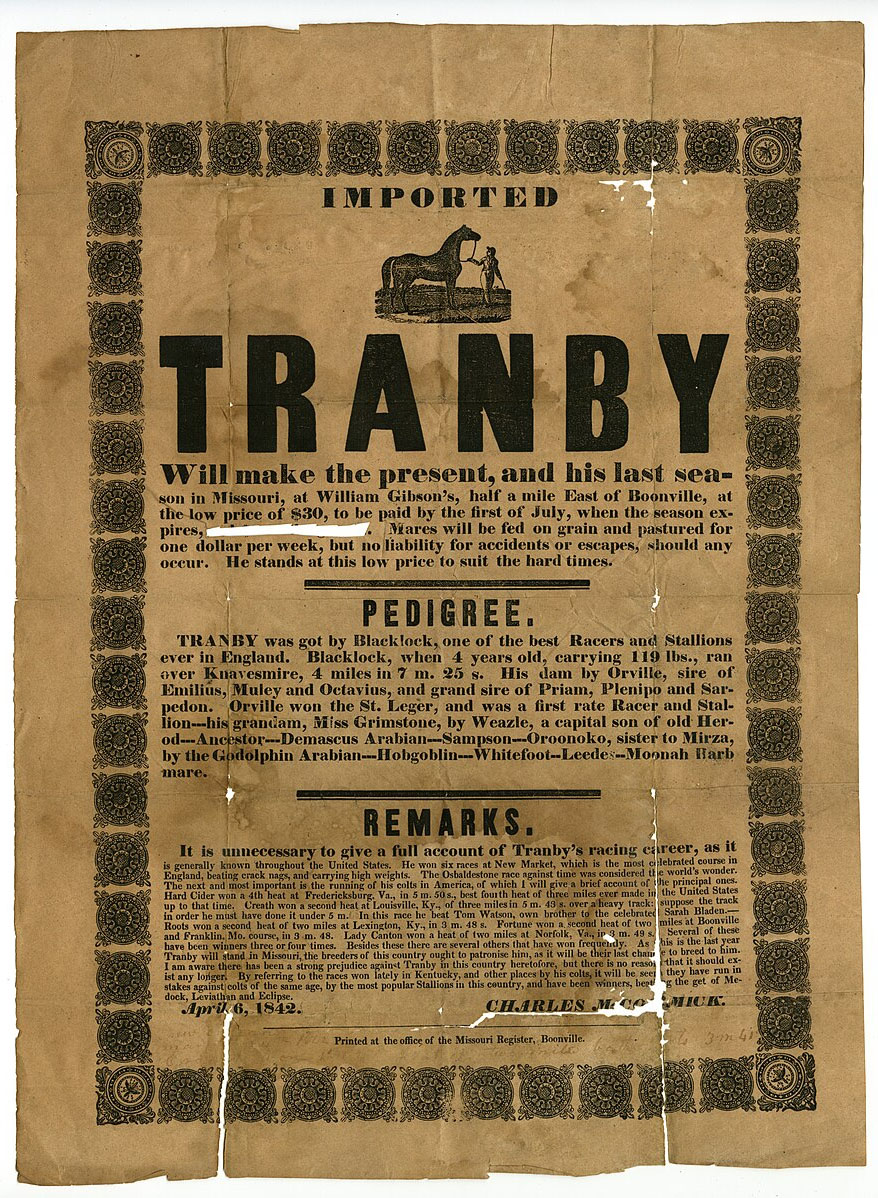 Advertising in America from Time of Declaration of Independence to End of Civil War
Advertising in America from Time of Declaration of Independence to End of Civil War
The history of advertising between 1776 and 1865 spans a transformative period in American history, marked by the Revolutionary War, the establishment and expansion of the United States, and the Civil War. During this time, advertising evolved significantly, reflecting and influencing societal changes.
…….
1776-1800: Post-Revolutionary America
Local Newspapers:
At the time of the Declaration of Independence in 1776, local newspapers were the primary medium for advertisements. These ads were predominantly text-based and included a variety of goods and services, from land sales and runaway slave notices to household items and job postings.
Handbills and Broadsides:
Handbills (small flyers) and broadsides (large sheets) were used to advertise products, events, and public notices. They were often posted in public places or distributed by hand.
…….
Early 19th Century: Expansion and Innovation
 Growth of Newspapers:
Growth of Newspapers:
The number of newspapers in the United States grew rapidly, providing a larger platform for advertisements. The advertising content began to diversify, reflecting the expanding economy and the variety of goods available.
First Advertising Agencies:
In the 1840s, the first advertising agencies began to appear. These agencies were initially space brokers, buying advertising space in newspapers and selling it to their clients. As more businesses recognized the importance of advertising, specialized advertising agencies began to emerge. These agencies offered services such as creating ad campaigns, designing advertisements, and purchasing ad space in newspapers. One notable example is Volney B. Palmer, who established the first recognized advertising agency in 1841 in Philadelphia.
Innovation in Printing:
The steam-powered rotary printing press, invented in 1843 in the United States by Richard M. Hoe, ultimately allowed millions of copies of a page in a single day. Mass production of printed works flourished after the transition to rolled paper, as continuous feed allowed the presses to run at a much faster pace. This made advertising space more affordable for businesses, leading to a surge in advertising volume and reach.
Expansion of Advertising Mediums:
Alongside newspapers, other advertising mediums began to gain prominence during this period. Outdoor advertising, such as posters and billboards, became more prevalent, especially in urban areas. Additionally, the advent of mass-produced consumer goods spurred the use of product packaging and labels as advertising tools.
…….
Mid-1800s Century: Towards the Civil War
Increased Sophistication:
Advertisements became more sophisticated, with the inclusion of illustrations and more persuasive copy. Brands began to emerge, and there was a move towards creating a desire for products rather than just announcing their availability.
Railroads and Expansion:
The expansion of railroads and the telegraph facilitated the distribution of products and information. This led to a broader reach of advertisements and a move towards national advertising for some products.
Civil War Era:
During the Civil War (1861-1865), advertising was affected by economic disruptions and resource limitations. However, newspapers remained a crucial medium, and some advertisements started to reflect the war effort, including recruitment ads and ads for war-related goods. Advertisements during this time often appealed to patriotic sentiments. Additionally, businesses adapted their advertising strategies to reflect the economic challenges and shifting consumer demands brought about by the war.
Democratization of Goods:
Advertising played a role in the democratization of goods, making information about a wide array of products accessible to a broader segment of the population.
…….
Overall, the period from 1776 to 1865 witnessed the evolution of advertising from simple print announcements to more sophisticated campaigns facilitated by the growth of newspapers, technological advancements, and the emergence of advertising agencies. These developments laid the groundwork for the modern advertising industry that would continue to evolve in the decades to come.
…….
Timeline of Advertising 1850-1870 (from Duke.edu)
1850s
- 1841 – Volney B. Palmer opens the first American advertising agency, in Philadelphia.
- 1850 – Advertising in the New York Tribune doubles between October 1849 and October 1850.
- 1850 – Phineas T. Barnum brings Jenny Lind, the “Swedish Nightingale” to America, employing newspaper ads, handbills, and broadsides to drum up extraordinary interest in this, until now, unknown-to-Americans international singing star. From being relatively anonymous six months prior to her arrival, she is met at the docks by 30,000 New Yorkers – a result of Barnum’s advertising campaign.
- 1851 – I. M. Singer and Company takes out its first patent for the Singer Perpendicular Action Sewing Machine.
- 1851 – The first issue of the New York Times (under the name “New-York Daily Times”) is published.
- 1851 -Benjamin Bratt is the first to manufacture and mass-market soap in bar form.
- 1852 – First advertisement for Smith Brother’s Cough Candy (drops) appears in a Poughkeepsie, New York paper – the two brothers in the illustration are named “Trade” and “Mark.”
- 1853 – A Boston court rules that Singer infringed on Elias B. Howe’s 1846 sewing machine patent, and Singer pays Howe $15,000 in the settlement.
- 1853 – Railroad lines reach west as far as the Mississippi River.
- 1856 – Mathew Brady advertises his services of “photographs, ambrotypes and daguerreotypes” in the New York Herald paper. His inventive use of type in the ad goes against the newspaper industry standard of all-agate and all same-size type used for advertisements in the papers.
- 1856 – Robert Bonner is the first to run a full-page ad in a paper, advertising his own literary paper, the New York Ledger.
- 1858 – First Transatlantic cable laid, between Ireland and Newfoundland.
1860s
- 1860 – 33,000 patents are issued between 1850 – 1860; only 6,000 patents had been issued in the previous decade.
- 1861 – The first Sunday edition of the re-named New-York Times is published, capitalizing on interest in news of the Civil War.
- 1861 – There are twenty advertising agencies in New York City.
- 1863 – James W. Tufts builds and patents a soda-fountain machine for use in his Boston drugstore.
- 1864 – William James Carlton begins selling advertising space in newspapers, founding the agency that later became the J. Walter Thompson Company, the oldest American advertising agency in continuous existence.
- 1865 – George P. Rowell and his friend Horace Dodd open their advertising agency in Boston.
- 1866 – Transatlantic cable becomes operational.
- 1867 – The magazine Harper’s Bazaar premieres.
- 1867 – Lord & Taylor is the first company to use double-column advertising in newspapers.
- 1868 – Vanity Fair magazine begins.
- 1869 – N. W. Ayer and Sons advertising agency is founded in Philadelphia, Pennsylvania, and the following year begins advertising its own agency in both general and trade publications.
- 1869 – E. C. Allan starts the People’s Literary Companion, marking the beginning of the “mail-order” periodical.
- 1869 – The first advertisement for Sapolio soap is published.
- 1869 – George P. Rowell issues the first Rowell’s American Newspaper Directory, providing advertisers with information on the estimated circulation of papers and thus helping to standardize value for space in advertising.
- 1860s – Advertising begins to appear in nationally distributed monthly magazines.
MORE:
Learn About Advertising Industry »
History of the Printing Press »
Main Image Source: Facebook | 1784 Newspaper Ad: Wikimedia Commons | Stud Horse Ad: Wikimedia Commons
Content Sources: Original | Generative AI | Duke.edu